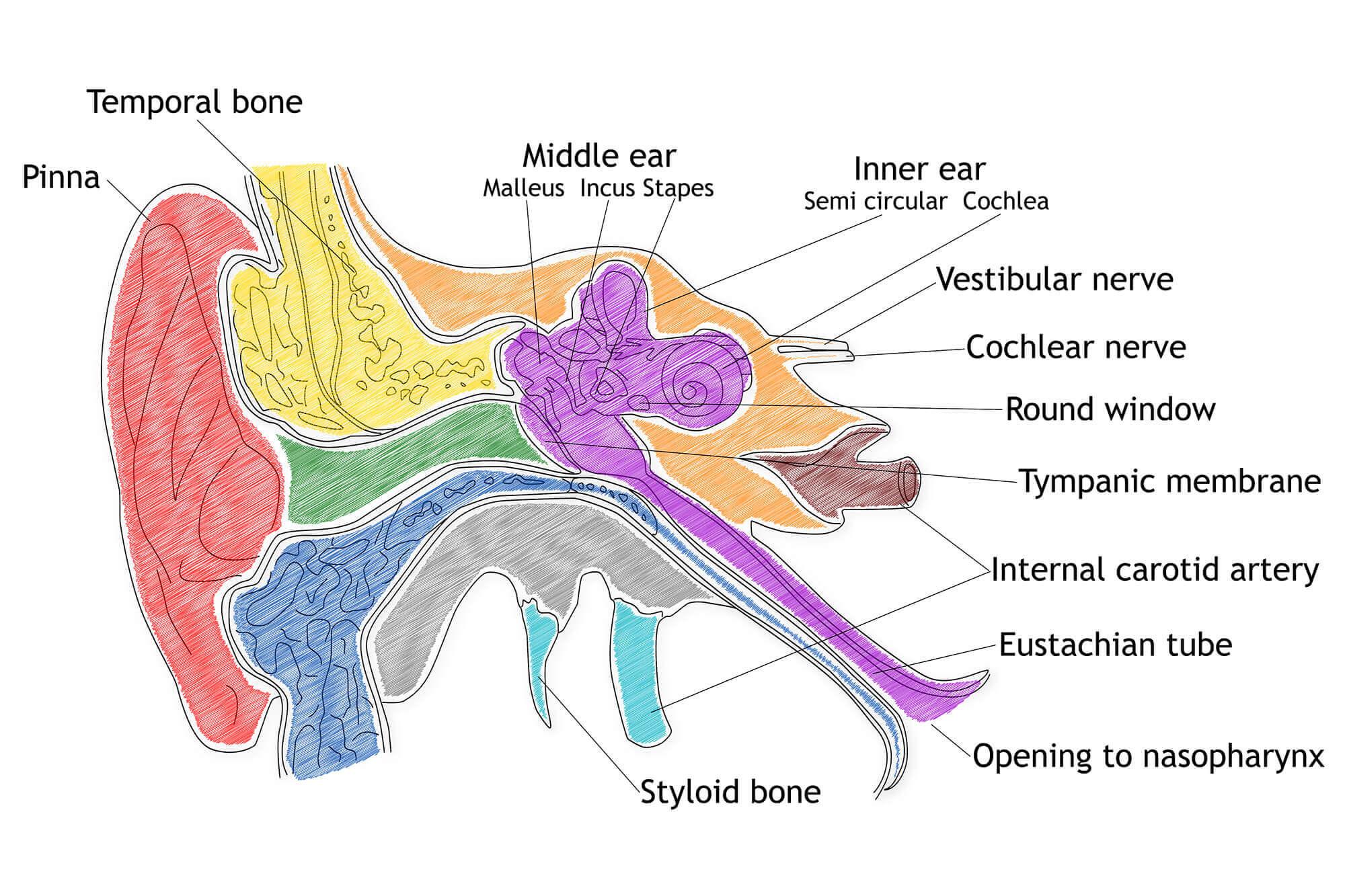According to the National Institute on Deafness and Other Communication Disorders (NIDCD), 36 million Americans have a hearing loss—this includes 17% of our adult population. Unfortunately, only 20% of those individuals who might benefit from treatment actually seek help. Most tend to delay treatment until they cannot communicate even in the best of listening situations. On average, hearing aid users wait over 10 years after their initial diagnosis to be fit with their first set of hearing aids.
Several studies have documented the impact of untreated hearing loss. The National Council on Aging commissioned a survey in 1999 (Kochkin & Rogin, 2000).
This nationwide survey of nearly 4,000 adults with hearing loss and their significant others showed significantly higher rates of depression, anxiety, and other psychosocial disorders in individuals with hearing loss who were not wearing hearing aids. This survey looked at the positive benefits of amplification and showed that hearing aid use positively affected quality of life for both the hearing aid wearer and his or her significant other.
For more information on how to improve your hearing, please visit our Hearing Improvement section.
How the Ear Works
The human ear works like a relay team, with each runner carrying the baton along one leg, and then passing to on to the next, until finally crossing the finish line!

Finally, the stimulated nerve endings send the sound information along the auditory nerve to our brain where the sound is perceived and interpreted.
Causes of Hearing Loss
Hearing loss can come from any part of the ear system; however, hearing loss due to a problem with the inner ear is by far the most common cause.

FYI: If a hearing loss is due to a problem with the outer or middle ear it is called “conductive hearing loss,” if it is due to a problem with the inner ear or auditory nerve it is called “sensorineural hearing loss” and if the hearing loss is due to a combination of both conductive and sensorineural components it is called a “mixed hearing loss.”
Outer Ear
Excessive build-up of earwax, deformity of the ear canal, a hole in the eardrum or foreign objects. (Now where did I put that bean?)
Middle Ear
Fluid behind the eardrum can cause a temporary hearing loss. Otosclerosis or other conditions that cause the chain of three tiny ear bones to not move properly and Cholesteatomas or other types of growths can cause hearing loss, which in some cases is surgically correctable.
Inner Ear
Noise exposure, ototoxic medications, and the aging process can permanently damage the nerves of the inner ear. Other causes also include Meniere’s Disease, genetic conditions, illness, head injury, and autoimmune inner ear disease.
Auditory Nerve
Very rarely a tumor on the auditory nerve leading from the inner ear to the brain will cause hearing loss.
Quick Hearing Test
American Speech, Language, and Hearing Association’s Self Test for Hearing Loss
You can use this self-administered test as an initial screening to determine if an audiologic (hearing) evaluation is needed.
If you answer yes to more than two of the following questions, you should have your hearing evaluated further by a certified audiologist.
Contact Us
The New Leaf Hearing Clinic serves the communities of Arvada, Westminster, and Broomfield.
Call today to schedule an appointment! 303.639.5323
